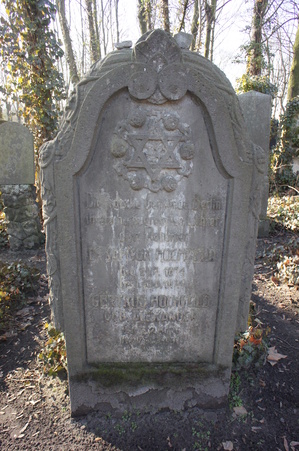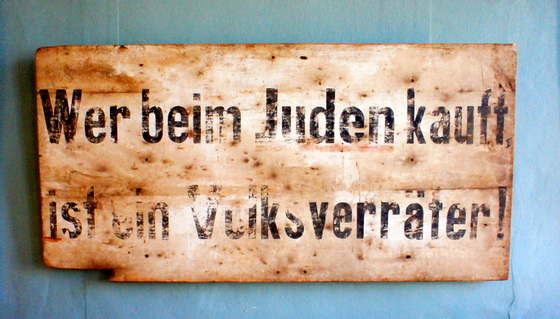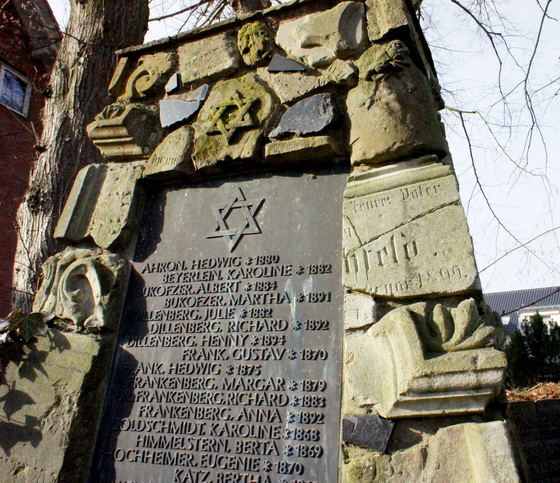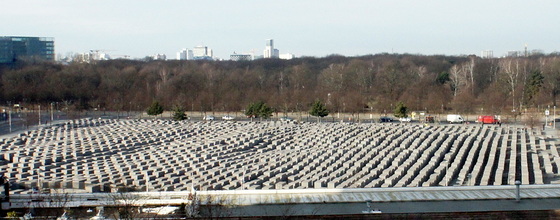 Above: a monument erected in the tiny Jewish cemetery of Höxter, in north-center Germany, after the Second World War by combining stones from the desecrated graves. By chance, the most prominent fragment comes from the grave of a Hochfeld ancestor. Left, the tomb of Rabbi Samson Hochfeld and his wife, in the Ehrenreie (Row of Honor) in the Jewish cemetery at Weissensee, in Berlin.
Above: a monument erected in the tiny Jewish cemetery of Höxter, in north-center Germany, after the Second World War by combining stones from the desecrated graves. By chance, the most prominent fragment comes from the grave of a Hochfeld ancestor. Left, the tomb of Rabbi Samson Hochfeld and his wife, in the Ehrenreie (Row of Honor) in the Jewish cemetery at Weissensee, in Berlin.
The Hochfeld family (impoverished musicians, mostly) had lived in Höxter for generations and had mostly died out before the start of the 20th century, but Samson Hochfeld had gone to Berlin as a teenager to study for the rabbinate.
After early assignments in the provinces, he returned to take over Berlin's largest congregation during World War One. A leader of what's known as the Reform movement, he was working on a multi-volume history of Judaism when he died, in 1921, barely 50 years old. His wartime sermons to Germany's half-million Jews seem quaint and ill-advised today: to escape prejudice, Jews should assimilate, become more German.
Within a decade, signs like the one below were appearing around the country as the racial laws of the Third Reich took effect: "Whoever buys from a Jew betrays his country."

Today, teenagers from all nations are surrounded by the evidence of their parents' and grandparents' indifference to cruelty. They play hide and seek among the concrete markers that make up the national Holocaust Memorial in Berlin. No names here; the 1,200 stones represent six million victims; there is no need for further specifics.


Leave a comment